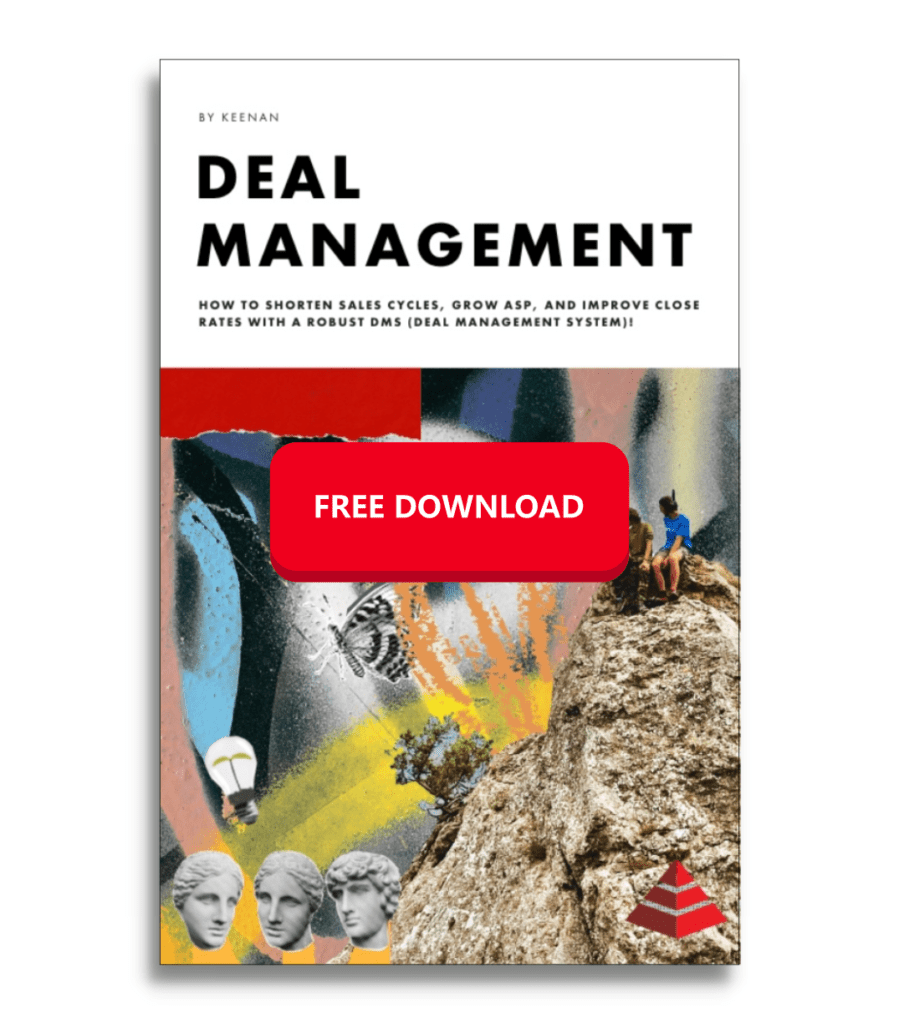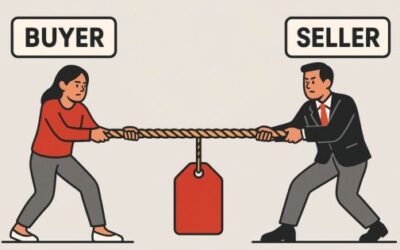How many pipeline meetings have you been a part of and heard things like “deal is looking good, waiting for feedback from the demo”, “I think we’ll close soon, they seem interested”? Far too many sales managers accept these empty updates at face value and fail to dig deeper.
If you’re holding meetings and are happy with these type of responses from reps, you’re wasting everyone’s time. These status checks accomplish nothing. They provide no insights into the customer’s mindset, any potential objections or roadblocks, and outline 0 next steps to help the deal move forward.
“We’re waiting to hear back” is an easy out – as a manager it’s your job to push for more clarity or defined next steps.
Clearing the Path to Revenue
Effective pipeline management is actively steering a deal through each stage. As a leader, you should be consistently working to clear the path to new revenue, but, you can’t clear what you don’t understand.
At the end of the day, your pipeline represents the health of your business. Allowing it to become bloated or stagnant can be costly.
Vague Pipeline Updates
Does this sound familiar?
Manager: “Hey Bob, what’s the status on the Acme Corp opportunity?”
Bob: “It’s moving along. We gave the demo last week and are waiting to hear back from the decision team.”
Manager: “Okay, any idea when we’ll have a final answer?”
Bob: “Not really, but I’m feeling good about it. The demo went really well.”
Manager: “Great, keep me posted.”
Discussion over. No probing follow-up, no back and forth about potential risks, no next steps. The manager checks a box, deal reviewed.
This doesn’t move a deal forward. We’ve created a false sense of forward progression without any details. Did the demo resonate? What were the reactions to the demo? Was there any visible or verbal internal misalignment?
Evidence-Based Pipeline Review
The most successful sales leaders refuse to settle for these conversations. They push reps beyond generalizations into concrete, evidence-based updates highlighting:
- Specific positive/negative feedback from key stakeholders
- Potential obstacles and how they’re being mitigated
- Next steps and their due dates
- Potential risks and backup plans
Without this information, managers are unable to make educated calls about an opportunities viability. Anything less is theater plain and simple.
If your pipeline meetings are stuck in status-update mode and not driving real deal movement, it’s time to rethink your approach. A structured pipeline review process transforms these meetings into decision-making sessions that improve forecast accuracy, drive accountability, and keep your team focused on real revenue opportunities.
Pipeline Status Follow Up Questions
Rather than settling for “we’re waiting on the demo feedback”, follow up with:
- “What were the key root causes/associated features the demo addressed?”
- “How did we demonstrate meeting those? What was the reaction?”
- “Who attended the demo? Was there any sense of concern or pushback from any of them?”
- “What’s the plan for addressing pushback from any of the stakeholders?”
The right follow-up questions can reveal misalignments, objections, or gaps in the buyer’s understanding that could easily affect the status of the deal if not addressed.
Push reps to provide evidence of their judgements. “I think we’re moving forward” means nothing without proof like”
“In last week’s call the CIO said our solution is the top choice if it can meet their scalability problem, which we addressed in the demo.”
“The CFO expressed concerns about the upfront cost, but seemed in agreement after we outlined the long-term ROI.”
Don’t get lazy in pipeline assessment. Be maniacal and hold your reps accountable. Remember, the more you know about each stage of the deal process, the better you’re able to address any unexpected fires.




0 Comments